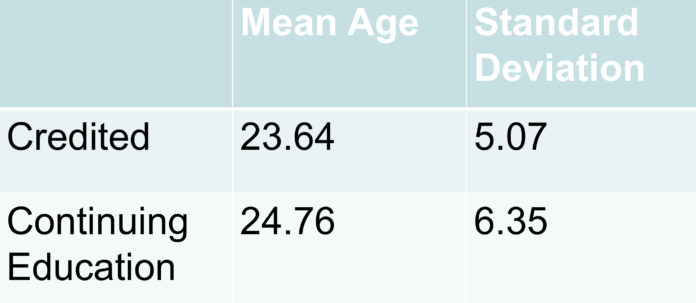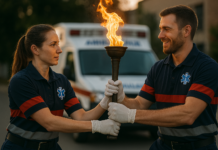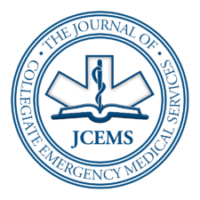Poster Presentation Abstract
Introduction: This project was designed to determine the difference in student course completion rates and certifying exam scores in college vs. non-college formats. College students often have access to academic and student support resources which can include tutoring, libraries, computer labs, writing and math centers, counseling services, and services for students with disabilities. We hypothesized that EMT students enrolled through a college format are more likely to complete an EMT course and score higher on the state certifying exam.
Methods: A retrospective review of an EMT program that offered an EMT class both through a college as a credited course and as a non-credited course through continuing education was conducted. Both sets of students experienced the same course. Regardless of enrollment type the students were mixed into the same class. Five years of student data from 2013 to 2018 was examined retrospectively. A total of 350 student records were examined. Course completion rates were analyzed with descriptive statistics and compared with a z-test for two population proportions. State certifying exam scores were analyzed with descriptive statistics and compared with a two tailed independent sample t-test. The level of statistical significance (α) was set at 0.05.
Results: Over the 5 years analyzed, 181 (51.71%) students were enrolled through the college and 169 (48.29%) students were enrolled in the continuing education department. There was no significant difference in course completion rates between the proportion of students enrolled through the college (54.67%) and through continuing education (62.13%) (P = 0.16). The mean score on the state certifying exam was significantly lower for students enrolled through the college (77.42, SD = 6.91) than for students enrolled through continuing education (79.95, SD = 8.32) (P = 0.02).
Discussion/Conclusions: Contrary to our hypothesis, students enrolled through the college scored lower on the state certifying exam and there was no statistical difference in course completion between the groups. Further research is needed to determine if course completion rates and exam scores differ between college-enrolled and non-college-enrolled students at other EMT programs. Further research is also needed to determine which resources improve student success so collegiate program directors can encourage students to utilize them.









